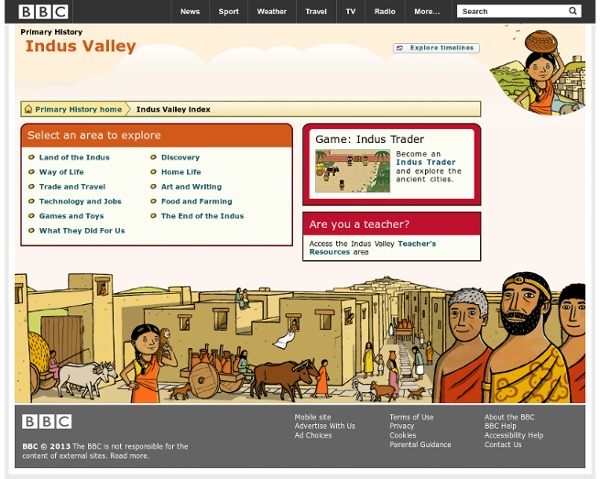



Online screening: Journey To The End Of Coal A project powered by Klynt Editing & publishing app. Journey To The End Of Coal tells you the story of a sacrifice. A sacrifice millions of Chinese coal miners are making everyday, risking their lives and spoiling their land to satisfy their own country’s appetite for economic growth. Your journey begins in Datong which is located just a couple hours away West from Beijing. You travel from there all around the region and visit its major coal mines, from the “best” state-owned complex to the worst private coal plants. In and around the coal mines, you get the story first hand from the mingong, the rural migrants traveling their country looking for work. At your own pace and will, you meet them and learn more about how they live in this valley of death and pollution, sometimes even literally bumping into them as they leave their home for their night shift, in the frozen winter of Northern China. Ultimately, you might discover China forbidden mines in which happen most of the accidents.
Ancient Africa for Kids - Kingdom of Ghana The kingdom of Ghana lasted about 800 years, until the kingdom of Mali took over. The kingdom of Ghana was rich! Ancient Ghana is located in a different place than the modern country of Ghana in West Africa. The ancient kingdom of Ghana was a key part of the Trans-Sahara Trade Route. But even earlier than the trading that went on between east and west Africa, the kingdom of Ghana acted as guards for the traders from the north, and the traders from the south. Ghana charged a fee for their protection in gold and in salt and in other goods. The people in Ghana were very happy. They had plenty to eat. They were creative people. Their storytellers were called Griots. The people of Ghana were peace loving. Ghana was so good at protection and trade that the kingdoms to the north and south of Ghana, along with Ghana herself, became known as the Gold Coast.
Over the Top - A First World War Free Online Adventure Game Introduction Over the Top is an interactive adventure game that allows YOU to experience life in the trenches during the First World War. As a young Canadian soldier stationed somewhere along the Western Front in the late Fall of 1916, you will live through some of the excitement, despair, brutality and sheer horror of trench warfare. Over the Top is based on the real-life experiences of Canadians who lived and died in the trenches during the First World War. Part history and part adventure story, Over the Top is divided into sections. Throughout the story, you will come across many words and expressions that were quite common at the time. Your goal in Over the Top is the same as that of thousands of Canadians who served in the trenches during the First World War: merely to survive. So pick up your rifle, put on your helmet and get ready for a truly unique experience! *Flash Player version 6 required Best viewed at 800x600 resolution Low-Graphics Version Virtual Museum of Canada.
Primary History - Ancient Greeks Who were the ancient Greeks? Who were the ancient Greeks? Discover different ancient Greek cities and find out how they were ruled. How did the Olympic Games begin? Learn how the Olympic Games began over 2,700 years ago! What was it like to live in an ancient Greek family? What was everyday life like in ancient Greece? Who were the ancient Greek gods and heroes The Greeks believed in many gods and goddesses. The ancient Greeks at war Learn about ancient Greek soldiers, the Spartan soldier state and read about famous Greek battles. What do we know about ancient Greek culture? Find out what ancient Greek theatre was like and learn about different ancient Greek festivals and art How did the ancient Greeks change the world? What did the ancient Greeks do for us? 3 class clips We have a selection of great videos for use in the classroom Links BBC History for Kids
Primary History - Vikings Index